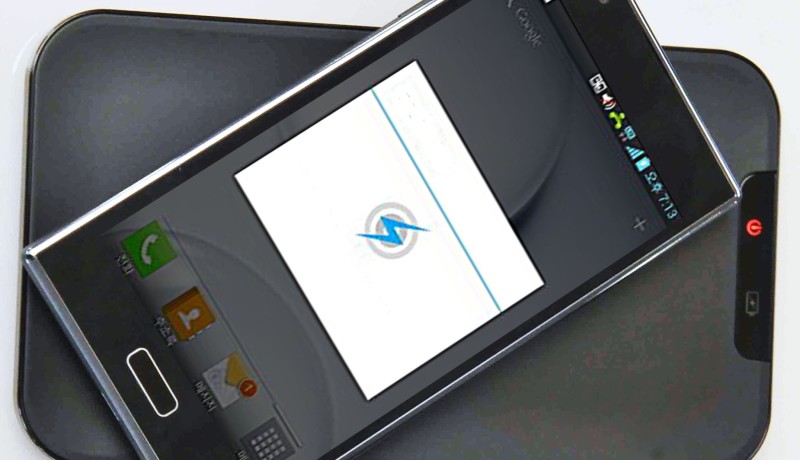Wireless charging and simultaneous video streaming
on

Researchers from North Carolina State University have developed a system that can deliver several watts of power and at the same time has sufficient bandwidth to transmit video across the same wireless connection. In this manner a true single wireless connection is possible.
Magnetic fields are used for the wireless transmission of electrical energy. In order to keep the losses as small as possible when generating these fields, antennas with a narrow bandwidth are required – particularly when the transmitter and receiver are separated by several centimeters.
However, an antenna with a narrow bandwidth limits the data transmission rate. That is why devices with wireless power transfer generally also have separate transmitters and receivers for data transmission. As a consequence, the cost, weight and complexity of the device increases.
The researchers from NC State realized that while an efficient power transmission across larger distances requires antennas with a very narrow bandwidth, but the system bandwidth can nevertheless be much greater.
The team has shown that a system with wider bandwidth can be constructed with the aid of 'narrow band' components – combining the best of both worlds.
With this greater bandwidth it became possible to use the channel for wireless energy transfer also as a communications channel, using techniques to improve the transfer speed and the signal quality.
The researchers have tested the system with and without data transfer. They found that at a power transmission of nearly 3 W (more than enough to power a tablet while it is playing video) the system was only 2.3% less efficient when it was simultaneously transmitting data at 3.39 MB per second. The tests were carried out with a spacing of 16 cm between transmitter and receiver, which also demonstrated that the system operates across larger distances.
The researchers have publisher their findings in the IEEE Antennas and Wireless Propagation Letters.


Discussion (0 comments)